These are some things to look out for in scam tokens. While this won’t guarantee that you will never lose money in crypto again, it should help reduce your likelihood of being scammed. Always do your own research, otherwise you are gambling.
Whitepaper - Firstly, does the token have a genuine vision/mission statement or real use case? If it does not, this is the first flag. Tokens that rely on a meme for popularity and don’t have any further functionality or benefit to society are more likely than not just quick cash grabs. More effort into a project usually means more likely to be long term.
Holders - Go on etherscan/basescan/solscan, etc and check the top 10 wallets, or any wallet holding over 2% of the supply. Go to the token transfer page and scan through their transaction history. 3 major things to look for here are: a. Where the tokens came from. If directly from the deployer or other deployer funded wallet, verify they sent payment to that wallet and at least purchased the tokens OTC. If not, confirm with the team in regards to what these tokens are for. b. I can not stress how important this step is enough. Outflows from the wallet. Are large wallet holders selling? Have they split their wallet up into smaller (large) wallets and are actually holding an even more significant portion of the supply? If any individual wallet constitutes 50% of the tokens in the liquidity pool, they have the ability to send the price down 75% upon selling. c. Price paid for the tokens. If the token is up a significant amount and the top holders own a significant stake in the project, but paid very little for the tokens, you can expect them to take profits at any time. Without sufficient liquidity, this could greatly impact the price. Reference other metrics to assess risk here.
Liquidity - Liquidity is represented in a project by the total value of the Pooled Pair at market value. For example, if a token (named Token) on Ethereum is worth $1 and has $100,000 liquidity while Ethereum is at $5,000, it has 10 Ethereum ($50,000) and 50,000 Token ($50,000). If Ethereum goes down to $2,500, the value of the token goes down proportionally, as it is valued based off of Ethereum’s value. The liquidity is now $50,000 [(10 Ethereum@$2,500=$25,000)+(50,000 Token@$0.50=$25,000) = $50,000 Liquidity]. Now say people sell Token because Ethereum is going down in value. This removes Ethereum from the pool and further decreases the price of Token. If 5 Ethereum worth of Token is sold while Ethereum is $2,500 ($12,500 of Token sold) now there is only 5 Ethereum in the Pool. 5 Ethereum @ $2,500 is $12,500 and Token in the Pool is now worth $12,500 to match Ethereum’s price, so now liquidity is $25,000. Only $12,500 of Token is sold, but Liquidity has gone down from $100,000 to $25,000. You can see how price can grow exponentially on the way up while Ethereum is going up in value and people are buying rather than selling, but the same goes for the downside.
Pool Size - Does the liquidity in the pool(s) constitute at least 1/10th of the fully diluted market cap? This is what I would consider Average/decent size depending on token distribution and real utility/long term vision, assuming no one person owns more than 3% of the supply. Is this liquidity locked or unlocked? If locked, how long is it locked for? Does it all unlock at once if it’s more than 5% of the total supply? Does it at least unlock in vested intervals that equate to less than half the tokens in the pool if greater than 5% of the supply? If unlocked, why isn’t it locked?
- Number of Pools - More pools makes a Token harder to rug pull, as bots snipe between pools. People can get around this by executing both trades at once, but generally having more than one open pool shows good faith and spreads risk. It’s like owning two grocery stores right next to each other instead of just one. One store can burn to the ground, but hopefully you can put out the fire (and sell your tokens in the other pool) before the fire burns both to the ground (the rug puller selling their tokens in the other pool).
Wallet Tracing - Track the creator wallet. Verify no creator funded wallets are selling and if they are, verify they paid for the tokens they’ve sold. If they have sold, try to get an explanation or answer from the team about what the tokens were for and why they were sold. Sometimes these tokens could have been used to pay for services such as marketing and genuinely be innocent transactions, but sometimes they could be the team starting to dump on you. Ask for receipts and verify, but always trust your gut.
Circulating Supply - How many Tokens are in circulation and what is the vision for those out of circulation? Don’t trust DEXTools for this info as that is self reported. Check on Ether/Base/Sol scan and look at the top wallets down to 3% of supply, 5% at a bare minimum, and check the first transactions to see if the tokens were purchased or if they came from the deployer wallet. If so, these could be tokens that haven’t been sold on the market, but have been set aside and transferred to another wallet which shouldn’t count as the circulating supply, and you should factor this into your overall risk assessment.
Community Presence & Transactions - Are there a lot of bots? Are Engagement levels on social media correct? (At least 10% views on posts to follower ratio and 2% likes). Are most transactions executed by buy bots? You can check this on DEXTools; generally when it’s a bot, there will be a small orange/gold symbol next to the maker address.
Key Opportunity Leaders & Callers - Is the team paying for KOL’s and callers? In general, these people are very expensive to add on to a project, unless the project has a good use case that aligns with their beliefs and they choose to invest and spread the word because they like the project, it is more likely than not, a pump and dump money grab which the KOL will dump after they pump it. This one is tricky because sometimes good projects can just need an outlet to get more exposure, but if the chart is going parabolic right after a KOL/Caller is added, paired with some other factors like small liquidity pool or lot of unlocked tokens out of circulation, definitely be skeptical and look into the projects this KOL/Caller has got behind in the past to see if they stood the test of time or pump and dumped and the KOL moved on to the next project to pump.
This space has become a cesspool for pump and dumps and other scams, so stay vigilant!
[link] [comments]

You can get bonuses upto $100 FREE BONUS when you:
💰 Install these recommended apps:
💲 SocialGood - 100% Crypto Back on Everyday Shopping
💲 xPortal - The DeFi For The Next Billion
💲 CryptoTab Browser - Lightweight, fast, and ready to mine!
💰 Register on these recommended exchanges:
🟡 Binance🟡 Bitfinex🟡 Bitmart🟡 Bittrex🟡 Bitget
🟡 CoinEx🟡 Crypto.com🟡 Gate.io🟡 Huobi🟡 Kucoin.
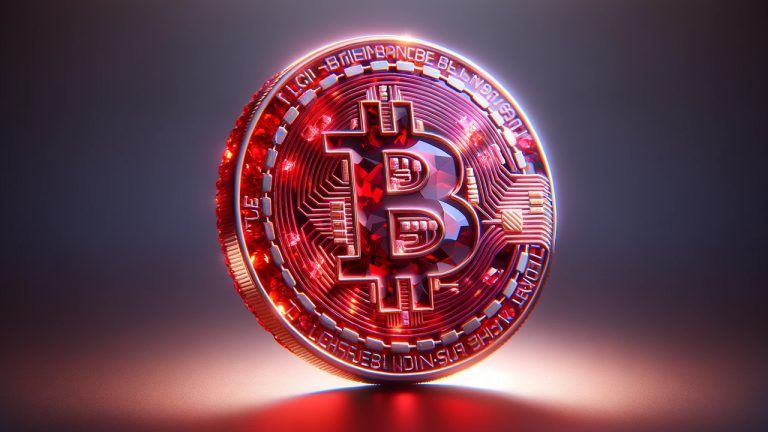
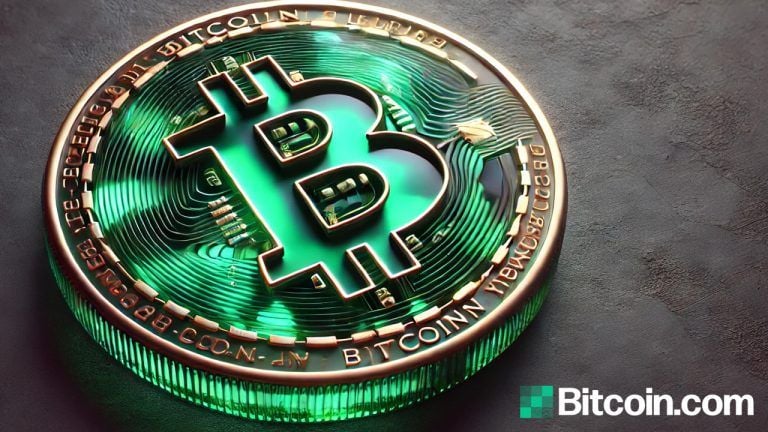
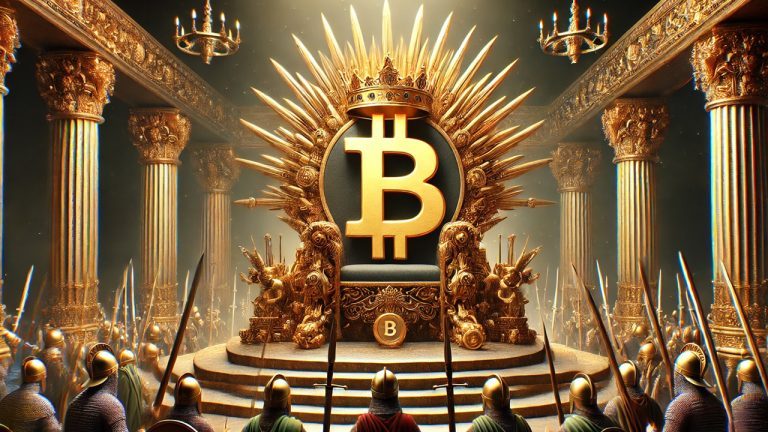
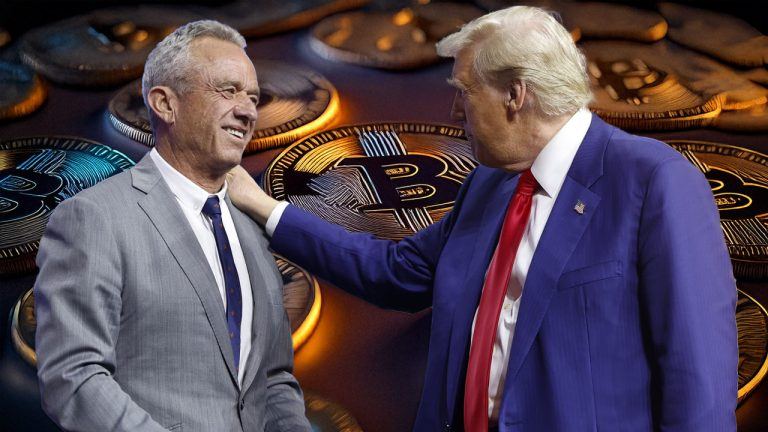


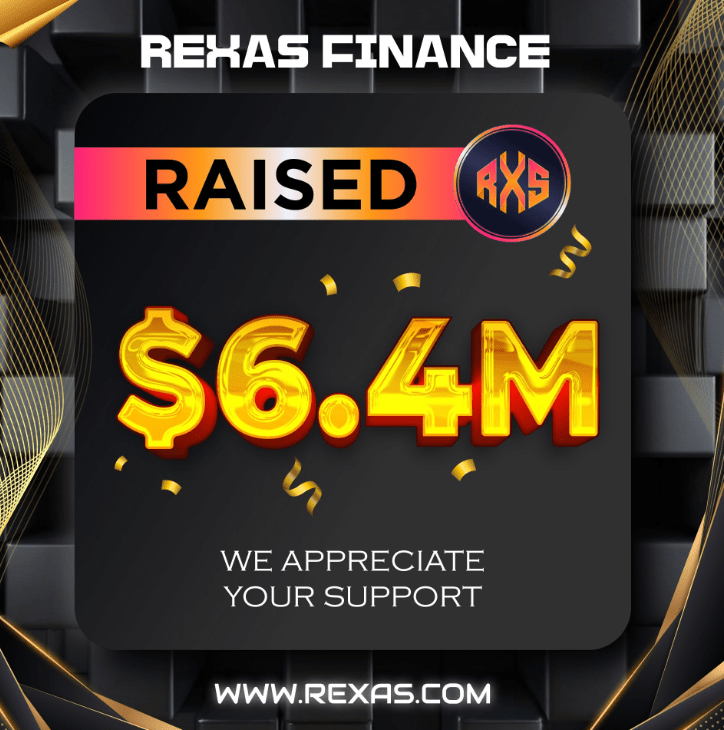

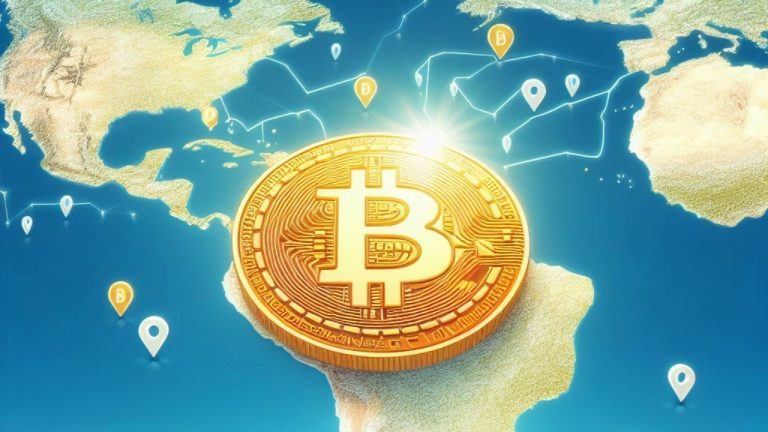

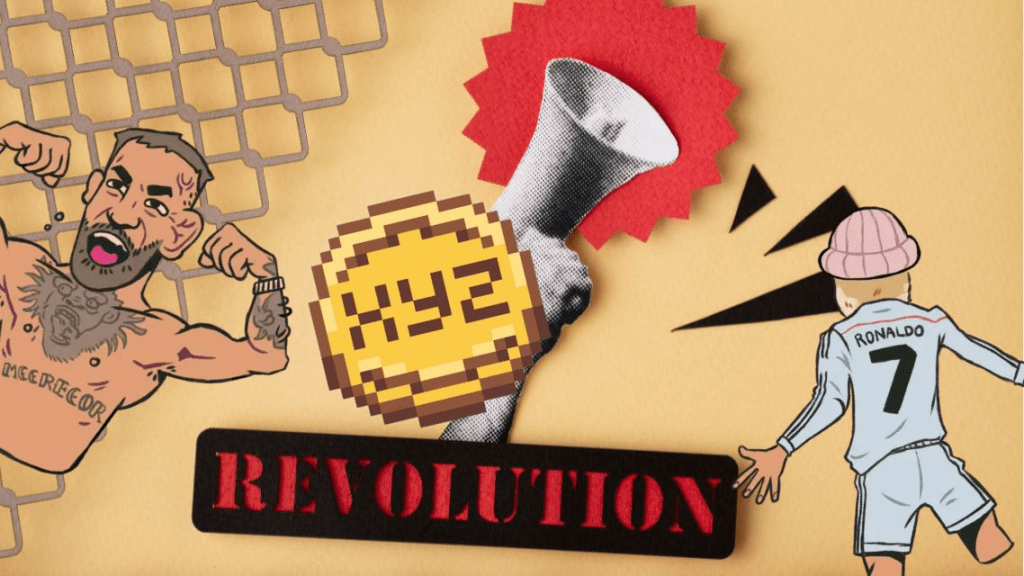




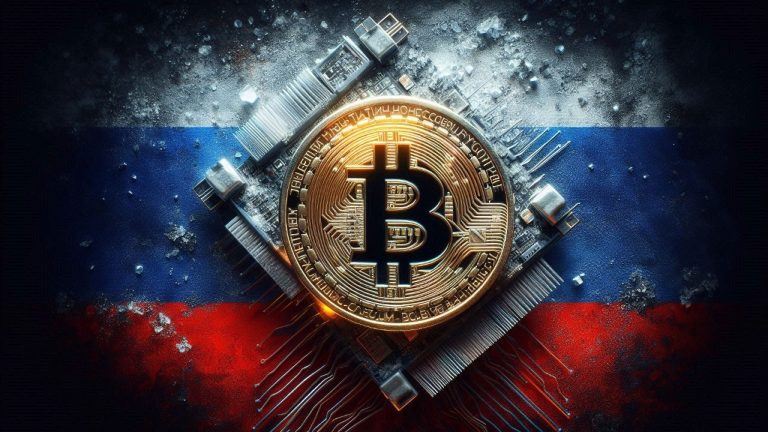
Comments